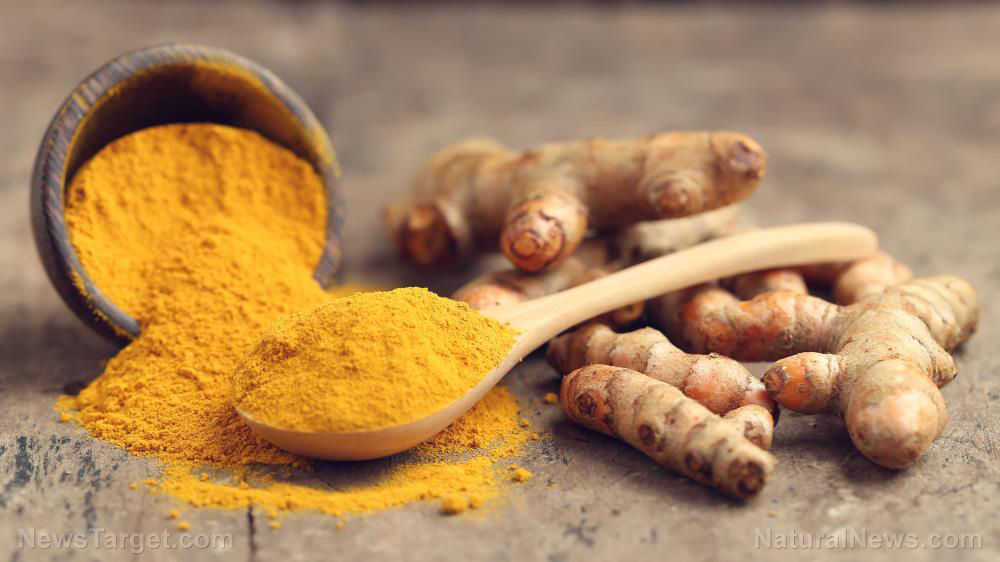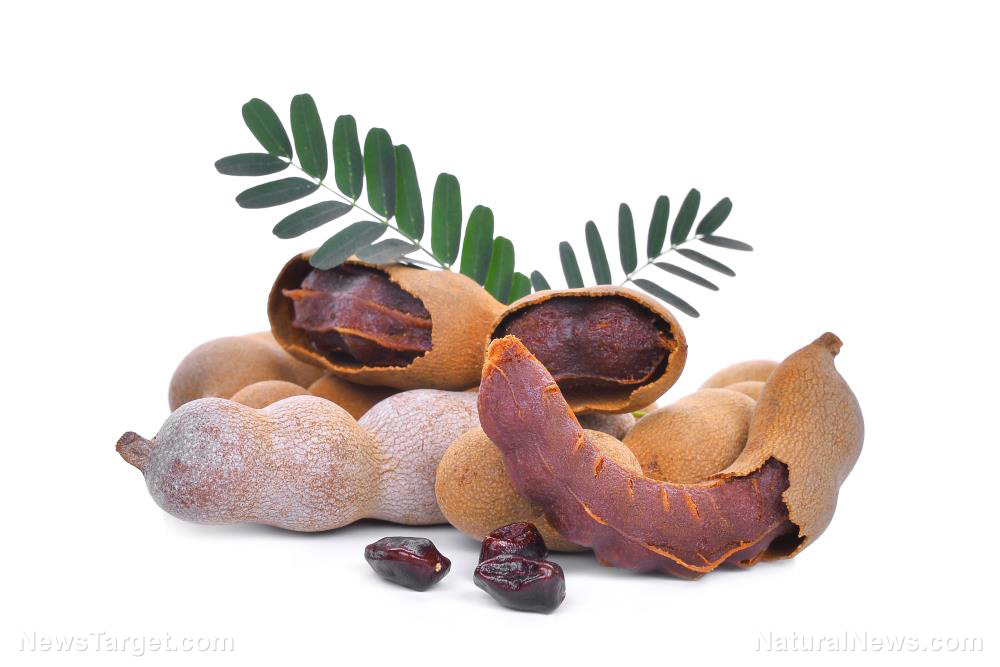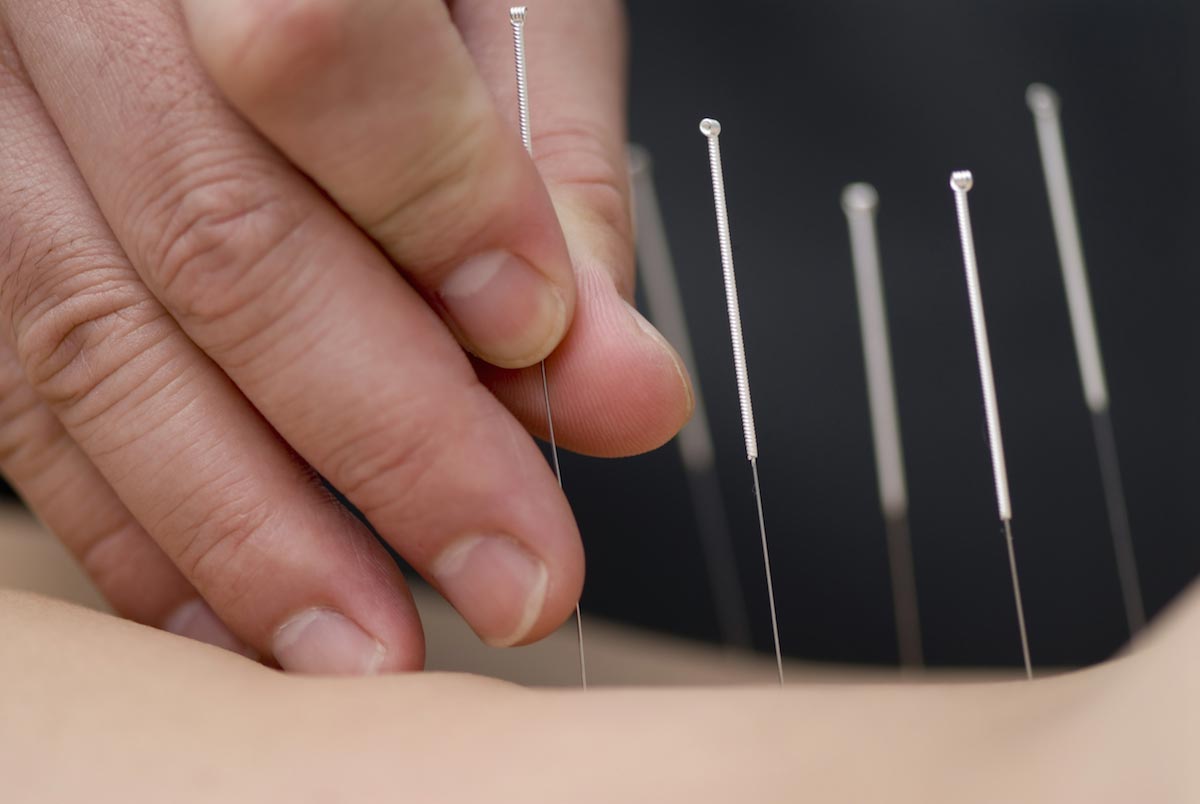Preclinical study finds stevia is comparable to antibiotics in the treatment of Lyme disease
06/17/2018 / By RJ Jhonson

Research published in the European Journal of Microbiology and Immunology revealed yet another sweet benefit of stevia. Known for its natural sweetening properties, stevia was discovered to be a safer and even more effective alternative to conventional, toxic antibiotics in treating Lyme disease.
The researchers from the University of New Haven used an alcohol extract derived from stevia leaves, which was then administered to a biofilm of Borrelia burgdorferi, the bacterium that acts as a causative agent for Lyme disease.
Their findings indicated that the extract was “very effective” in disrupting the biofilm, resulting in a reduction of 40 percent in the bacterial mass. This was better than the results achieved from the administration of antibiotics which led to an increase in the biofilm’s size.
The antimicrobial properties of stevia originate from its pair of glycosides, steviol, and stevioside. Studies show that stevioside is potent against Klebsiella pneumoniae and Pseudomonas aeruginosa, pathogenic bacteria that are often transmitted through food. Stevia extracts are also effective against the pathogens that cause dysentery and cholera.
Stevia’s sweetness works to its advantage against microbes. To protect themselves, biofilms close their nutrition tubes when they make contact with conventional antibiotics. In the case of stevia, these tubes remain open, allowing the plant’s antibiotic phytochemicals to rush in and destroy the bacteria.
Lyme disease is a serious medical condition that can affect the heart and the nervous system. When left untreated, it can have harmful complications. The Infectious Disease Society of America recommends a two- to four-week therapy involving doxycycline. Cefoperazone, daptomycin, and combination medications are also popular treatments for the disease.
Mother Nature's micronutrient secret: Organic Broccoli Sprout Capsules now available, delivering 280mg of high-density nutrition, including the extraordinary "sulforaphane" and "glucosinolate" nutrients found only in cruciferous healing foods. Every lot laboratory tested. See availability here.
However, there are several problems with these drugs. For one, studies show that germs are continuously changing and adapting to medications. As a result, antibiotic drugs are becoming less and less effective in killing disease-causing microbes.
In fact, up to 20 percent of people with Lyme disease may experience joint pain and fatigue for as long as six months after therapy. This condition, known as post-treatment Lyme disease syndrome or chronic Lyme disease, is caused by so-called “persisters” or pathogens that antibiotics failed to kill.
Furthermore, antibiotic drugs are toxic and tend to cause a variety of complications on their own. In contrast, stevia extract has shown no indication of causing any adverse reaction. In tests, it was able to eliminate 100 percent of pathogens, with no viable regrowth after a week and just 10 percent regrowth after two weeks.
Other benefits of using stevia
Stevia, an herb native to South America, is known as a healthy sugar alternative thanks to its very sweet leaves. Despite being 40 times sweeter than sugar, it does not affect blood sugar levels and actually offers a slew of other health benefits.
- It’s great for people with diabetes – Unlike sugar, stevia’s sweet components are absorbed not by the body, but by bacteria in the gut. Because of this, it is popular among diabetics who want to sweeten their food without suffering the complications that arise from consuming sugar.
- It helps with weight loss – Stevia contains very few calories, which makes it ideal for people on a diet. Stevia can be used to make guilt-free desserts that are sweet but do not lead to weight gain.
- It helps manage blood pressure – Certain glycosides in stevia help relax the blood vessels. They can also increase urination to eliminate extra sodium, too much of which can have hypertensive effects. Consuming stevia is also shown to reduce bad cholesterol levels in the body.
- It helps prevent cancer – Being rich in antioxidants, stevia helps in keeping one’s cells healthy and protected from conditions like cancer.
- It helps with teeth and skin care – Stevia’s antimicrobial properties make it great for preventing the formation of bacteria in the skin and mouth.
- It promotes healthy bones – Stevia helps increase calcium metabolism, enabling enhanced bone density and preventing diseases like osteoporosis.
Read more stories on natural remedies at NaturalAntibiotics.news.
Sources include:
Tagged Under: Antibiotics, herbal remedies, Herbs, Lyme disease, natural medicine, natural remedies, natural sweetener, research, stevia, sweeteners, toxic antibiotic




















